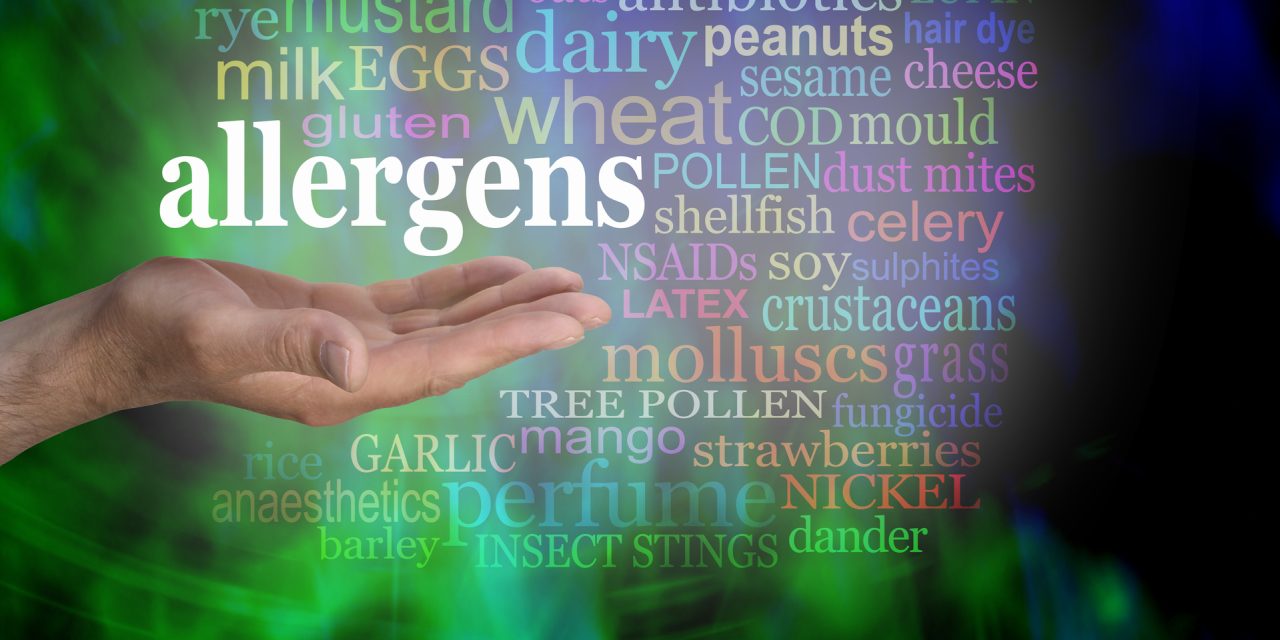Receptive inoculation with a solitary portion cholera antibody that could quickly (in no time) secure immunologically credulous people during virgin soil pandemics, when cholera arrives at immunologically guileless populaces that have not experienced cholera for quite a long time, would encourage cholera control. One portion of constricted Vibrio cholerae O1 traditional Inaba immunization CVD 103-HgR (Vaxchora) containing ≥2 × 108 CFU actuates vibriocidal counter acting agent seroconversion (an associate of insurance) in >90% of U.S. grown-ups. A past CVD 103-HgR business plan required ≥2 × 109 CFU to evoke undeniable degrees of seroconversion in populaces in non-industrial nations. We thought about the vibriocidal reactions of Malians (people 18 to 45 years of age) randomized to ingest a solitary ≥2 × 108-CFU standard portion (n = 50) or a ≥2 × 109-CFU high portion (n = 50) of PaxVax CVD 103-HgR with support or two dosages (n = 50) of Shanchol inactivated cholera immunization (the immunologic comparator). To keep up blinding, members were dosed twice fourteen days separated; CVD 103-HgR beneficiaries ingested fake treatment fourteen days prior or subsequent to ingesting antibody. Seroconversion (a ≥4-overlay vibriocidal titer ascend) between the benchmark and 14 days after CVD 103-HgR ingestion and following the first and second portions of Shanchol were the fundamental results estimated. By day 14 postvaccination, the paces of seroconversion after ingestion of a solitary standard portion and a high portion of CVD 103-HgR were 71.7% (33/46 members) and 83.3% (40/48 members), individually. Hence we conclude that The pace of seroconversion following the principal portion of Shanchol, 56.0% (28/50 members), was fundamentally lower than that after the high portion of CVD 103-HgR (P = 0.003).
Reference link- https://cvi.asm.org/content/24/12/e00265-17


